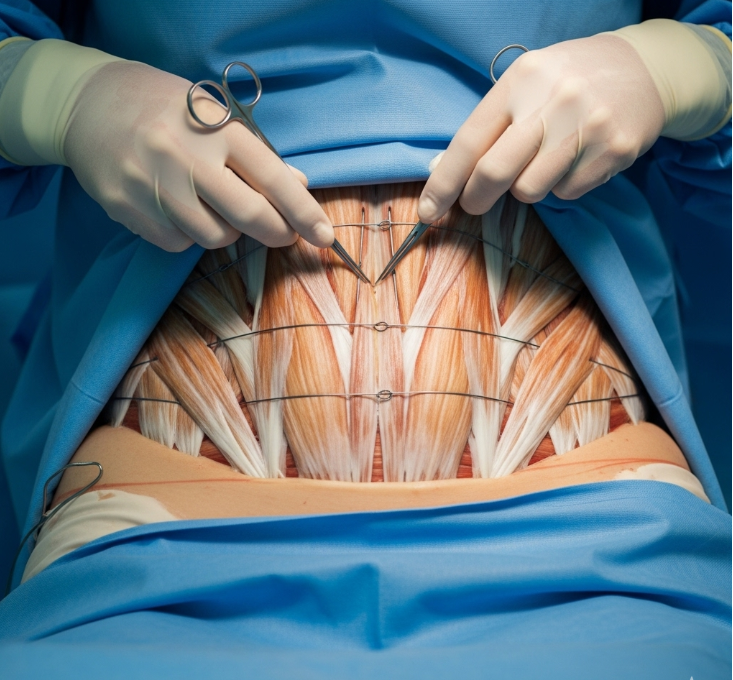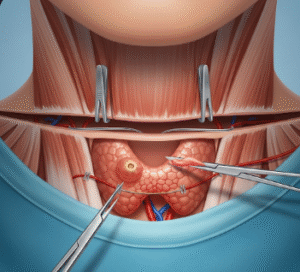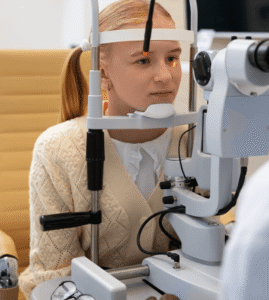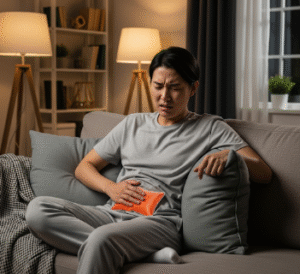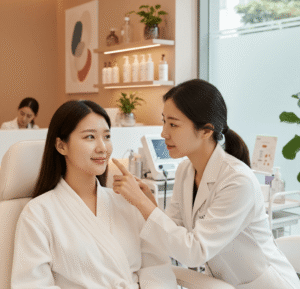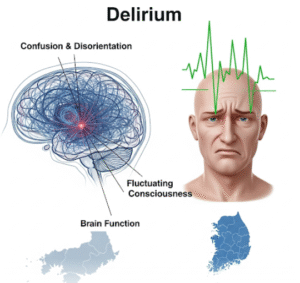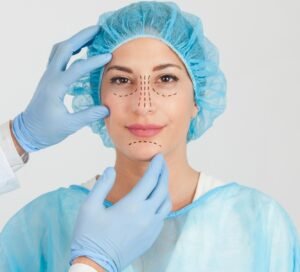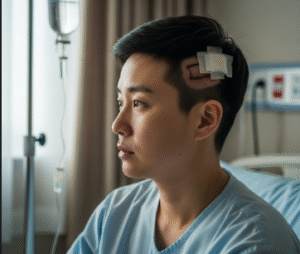What It Is
Abdominal wall plication is a surgical technique used to tighten and repair the abdominal muscles (rectus abdominis) that have separated, a condition known as diastasis recti. This separation commonly occurs after pregnancy, significant weight fluctuations, or abdominal surgery. The procedure restores core strength, abdominal contour, and stability by suturing the stretched muscles back together.
In Korea, abdominal wall plication is often performed as part of an abdominoplasty (tummy tuck) or combined with hernia repair for both functional and cosmetic improvement. Surgeons use refined suturing methods and advanced imaging to ensure long-lasting results and minimal complications.
Why It’s Done
Patients undergo abdominal wall plication because:
- They have a bulging or protruding abdomen that does not improve with exercise.
- Core weakness causes lower back pain, poor posture, or functional issues.
- They want a flatter, firmer abdominal profile after pregnancy or weight loss.
- It is required in combination with tummy tuck or hernia repair.
Good candidates include:
- Men or women with abdominal muscle separation (diastasis recti).
- Women post-pregnancy with weakened abdominal walls.
- Patients with stable weight and good general health.
Alternatives
- Physical therapy and core strengthening exercises: Helpful for mild diastasis recti but often insufficient for moderate to severe cases.
- Abdominal binders/support garments: Provide temporary support but no permanent correction.
- Non-surgical body contouring: Improves fat distribution but does not repair muscle separation.
Preparation
Before abdominal wall plication in Korea, patients will:
- Undergo consultation, physical examination, and sometimes ultrasound to assess muscle separation.
- Stop smoking and alcohol 2–4 weeks prior to surgery.
- Avoid blood-thinning medications and certain supplements.
- Plan for recovery time, particularly if combined with other procedures.
How It’s Done
- Anesthesia: General anesthesia is required.
- Incision: Often made low on the abdomen (similar to a tummy tuck incision).
- Muscle repair: The rectus muscles are sutured together in the midline with strong, permanent stitches.
- Additional procedures: May be combined with skin removal, liposuction, or hernia repair.
- Closure: Layers of sutures are placed for stability; drains may be inserted.
- Duration: 2–4 hours depending on complexity.
Recovery
- First week: Swelling, tightness, and discomfort are expected; compression garment is worn.
- Hospital stay: 1–3 days depending on procedure extent.
- Return to activities: Light duties in 1–2 weeks; avoid strenuous exercise and heavy lifting for 6–8 weeks.
- Final results: A stronger, flatter abdomen with improved posture visible within 2–3 months.
Possible Complications
- Infection or delayed wound healing.
- Seroma (fluid buildup) or hematoma.
- Recurrence of muscle separation (rare with proper technique).
- Visible scarring, though minimized with Korean surgical methods.
- Rare risks: blood clots, anesthesia-related complications.
Treatment Options in Korea
Diagnosis
Korean surgeons use physical examination, ultrasound, or CT imaging to measure the degree of diastasis recti and plan repair.
Medical Treatments
- Core strengthening exercises and physiotherapy for mild muscle separation.
- Abdominal binders for temporary support.
Surgical or Advanced Therapies
- Abdominal wall plication alone for isolated diastasis recti.
- Plication with tummy tuck (abdominoplasty) for combined contouring and muscle tightening.
- Plication with hernia repair for patients with umbilical or ventral hernias.
- Combination with liposuction for enhanced abdominal shaping.
Rehabilitation and Support
- Compression garments for several weeks.
- Scar management with silicone gels or laser therapy.
- Long-term physiotherapy to maintain core strength.
- International patients benefit from Korea’s expertise in functional and cosmetic abdominal surgery, advanced imaging tools, and comprehensive aftercare programs.

